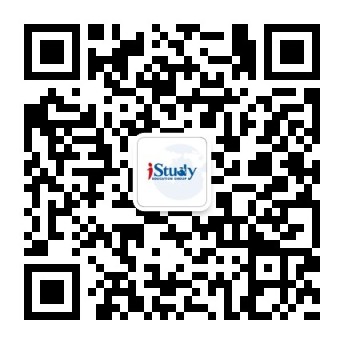běiqǔ 北曲
Northern Opera
起源于北方的戏剧。北曲的源头是北宋甚至更早时期流行于北方民间的曲子,配合曲子的词多滑稽浅俗。南宋以后,北方地区在金、元统治之下,女真、蒙古等族的歌舞与音乐元素被大量引入,逐渐形成了独特的北曲体系,同时逐渐吸引了文人加入创作队伍,从而产生了大量优秀作品。与宋代文人词相比,北曲朴素率真,多用口语,格律调式更加自由。其主要演唱形式为小令和套数。用北曲演唱的戏曲形式为杂剧。元代文人社会地位低下,借助北曲抒情寄意,创作盛况空前,代表人物有关汉卿、马致远、白朴、郑光祖,被称为“元曲四大家”。
Beiqu (北曲), the Northern Opera, originated in northern China. It was based on northern folk songs that were popular in the Northern Song Dynasty or earlier, and its lyrics were often funny and simple. After the Southern Song Dynasty, northern China fell under the rule of the Jin and Yuan dynasties. As a result, songs, dances, and musical elements of Nüzhen, Mongolian and other ethnic groups were widely incorporated into the Northern Opera, making it a unique form of opera. At the same time, many writers became interested in the Northern Opera and wrote large numbers of excellent opera works. Compared with the lyrics of the literati of the Song period, the Northern Opera was simple, direct and sincere, and there was greater freedom in arranging rhythm. The Northern Opera was performed mainly in the form of short lyrics and cycles. As they dealt with various social themes, operas performed in this artistic form were referred to as zaju (杂剧opera of various themes). Writers in the Yuan Dynasty had low social status, so they wrote a large number of Northern Opera works to express their emotions and views. They are represented by Guan Hanqing, Ma Zhiyuan, Bai Pu and Zheng Guangzu, collectively known as the top four Yuan Opera writers.
引例 Citations:
◎宋世所谓诗余,金元以来所传南北曲者,虽非古之遗音,而犹有此名目也,夫人能为之,而闻之者亦能辨别其是否,诚因今而求之古,循俗而入于雅……因声以考律,正律以定器,三代之乐亦可复矣。(丘濬《大学衍义补》卷四十四)
(宋代所说的词,金元以来所流行的南曲、北曲,虽然不是上古留传下来的音乐,但仍然有宫、商、角、徵、羽这些名目,有人能够制作这些曲子,而听曲子的人也能听得出音律是否正确,其实这是从当代音乐推求古代音乐,由俗乐而进入雅乐……凭所唱的声音来考求音律,再通过标准的音律来确定乐器的声音,如此则夏、商、周三代的音乐都可以复原了。)
Song Dynasty poetry and the Southern and Northern operas that were popular from the Jin and Yuan dynasties onwards were not music from ancient times, but they were still divided into Do, Re, Mi, Sol and La. Some people could produce these kinds of music, and the audience could also tell if it had the right rhyme. Actually, what was done was to restore ancient music based on current music and make popular music more refined… Rhymes were evaluated through singing, the sound of musical instruments was then determined according to standard rhymes, and this made it possible to restore the music of the Xia, Shang, and Zhou dynasties. (Qiu Jun: Supplement to the Exposition on the Great Learning)
◎唱者只二人,末泥主男唱,旦儿主女唱。他若杂色入场,第有白无唱,谓之“宾白”。“宾”与“主”对,以说白在“宾”,而唱者自有“主”也。至元末明初,改北曲为南曲,则杂色人皆唱,不分宾主矣。(毛奇龄《西河词话》卷二)
(演唱的只有两个人,末泥专唱男角,旦儿专唱女角。其他角色入场,只有说白而没有唱腔,称为“宾白”。“宾”和“主”相对,说白属于“宾”的事情,演唱则属于“主”的事情。到了元末明初,北曲受南曲影响而改变,则所有的角色都演唱,不再区分“宾”和“主”了。)
Only two people sang in the performance. One was the male character and the other was the female character. When others joined in, they only talked. As they did not sing, they were known as supporting speakers. Singing was done by leading performers, and speakers only played a supporting role. By the time of the late Yuan and early Ming dynasties, however, this practice changed due to the influence of the Southern Opera, and all performers sang and they were no longer classified as leading or supporting roles. (Mao Qiling: Mao Qiling’s Remarks on Poetry)








